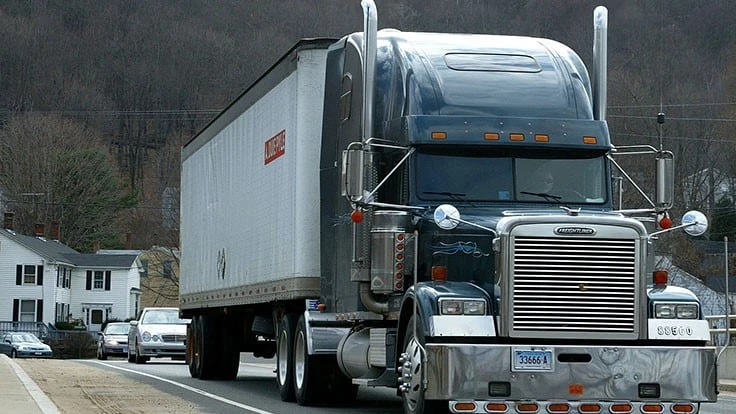
The Federal Motor Carrier Safety Administration (FMCSA) issued a final rule last week providing flexibility measures for Hours of Service (HOS) rules.
FMCSA Acting Administrator Jim Mullen said the final rule's changes were based on the thousands of submitted public comments. FMCSA’s final rule offers four key revisions to the existing HOS rules:
- Increase safety and flexibility for the 30-minute break rule by requiring a break after 8 hours of consecutive driving and allowing the break to be satisfied by a driver using on-duty, not driving status, rather than off-duty status.
- Modify the sleeper-berth exception to allow drivers to split their required 10 hours off duty into two periods: an 8/2 split, or a 7/3 split—with neither period counting against the driver’s 14-hour driving window.
- Modify the adverse driving conditions exception by extending by two hours the maximum window during which driving is permitted.
- Change the short-haul exception available to certain commercial drivers by lengthening the drivers’ maximum on-duty period from 12 to 14 hours and extending the distance limit within which the driver may operate from 100 air miles to 150 air miles.
Tal Coley, AmericanHort's Director of Government Affairs, broke down the HOS changes in a newsletter for the organization's members. Coley wrote that time spent unloading and loading trucks can now be counted as breaks for drivers, which is a welcome change for horticulture, an industry that typically requires more time to load and unload live plants.
Latest from Greenhouse Management
- Anthura acquires Bromelia assets from Corn. Bak in Netherlands
- Top 10 stories for National Poinsettia Day
- Langendoen Mechanical hosts open house to showcase new greenhouse build
- Conor Foy joins EHR's national sales team
- Pantone announces its 2026 Color of the Year
- Syngenta granted federal registration for Trefinti nematicide/fungicide in ornamental market
- A legacy of influence
- HILA 2025 video highlights: John Gaydos of Proven Winners





